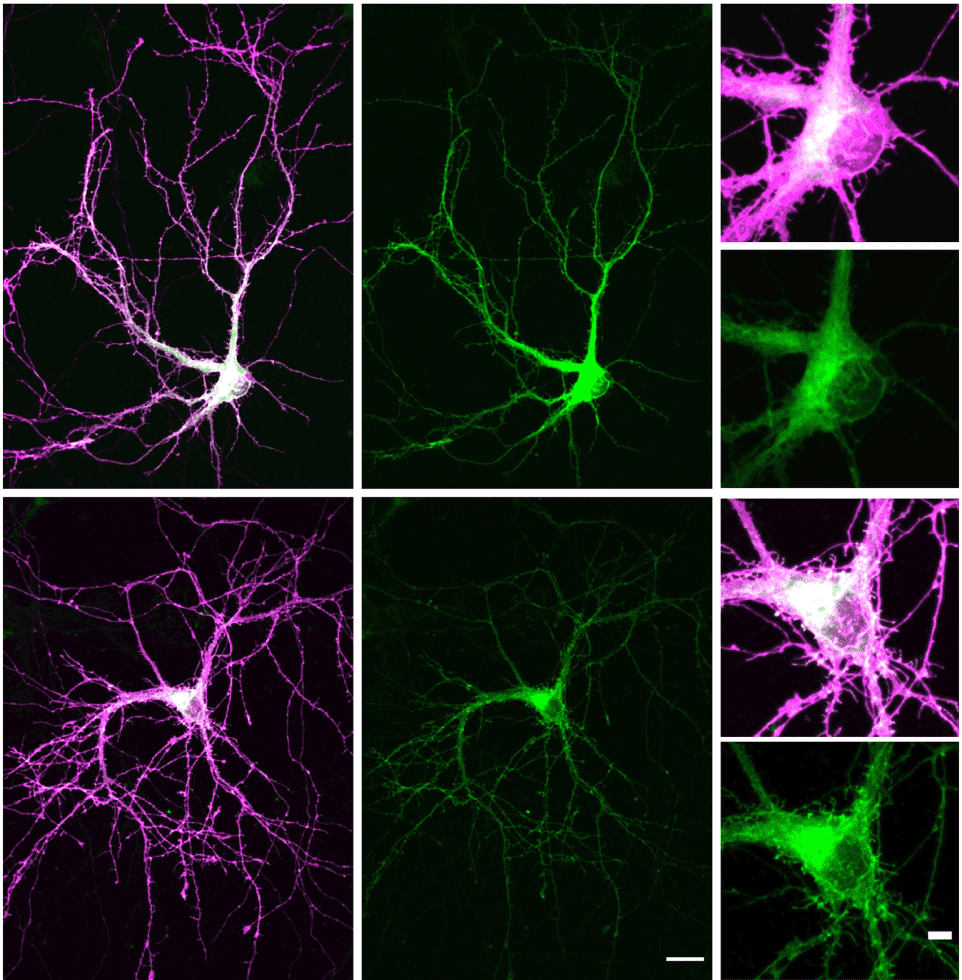Science Signaling – Neurodevelopmental disorder–associated mutations in TAOK1 reveal its function as a plasma membrane remodeling kinase

A new paper from the Yadav lab was published in Science Signaling. Mutations in TAOK1, which encodes a serine-threonine kinase, are associated with both autism spectrum disorder (ASD) and neurodevelopmental delay (NDD). Here, we investigated the molecular function of this evolutionarily conserved kinase and the mechanisms through which TAOK1 mutations may lead to neuropathology. We found that TAOK1 was abundant in neurons in the mammalian brain and remodeled the neuronal plasma membrane through direct association with phosphoinositides. Our characterization of four NDD-associated TAOK1 mutations revealed that these mutants were catalytically inactive and were aberrantly trapped in a membrane-bound state, which induced abnormal membrane protrusions. Expression of these TAOK1 mutants in cultured mouse hippocampal neurons led to abnormal growth of the dendritic arbor. The coiled-coil region carboxyl-terminal to the kinase domain was predicted to fold into a triple helix, and this region directly bound phospholipids and was required for both membrane association and induction of aberrant protrusions. Autophosphorylation of threonine-440 and threonine-443 in the triple-helical region by the kinase domain blocked the plasma membrane association of TAOK1. These findings define TAOK1 as a plasma membrane remodeling kinase and reveal the underlying mechanisms through which TAOK1 dysfunction may lead to neurodevelopmental disorders.
